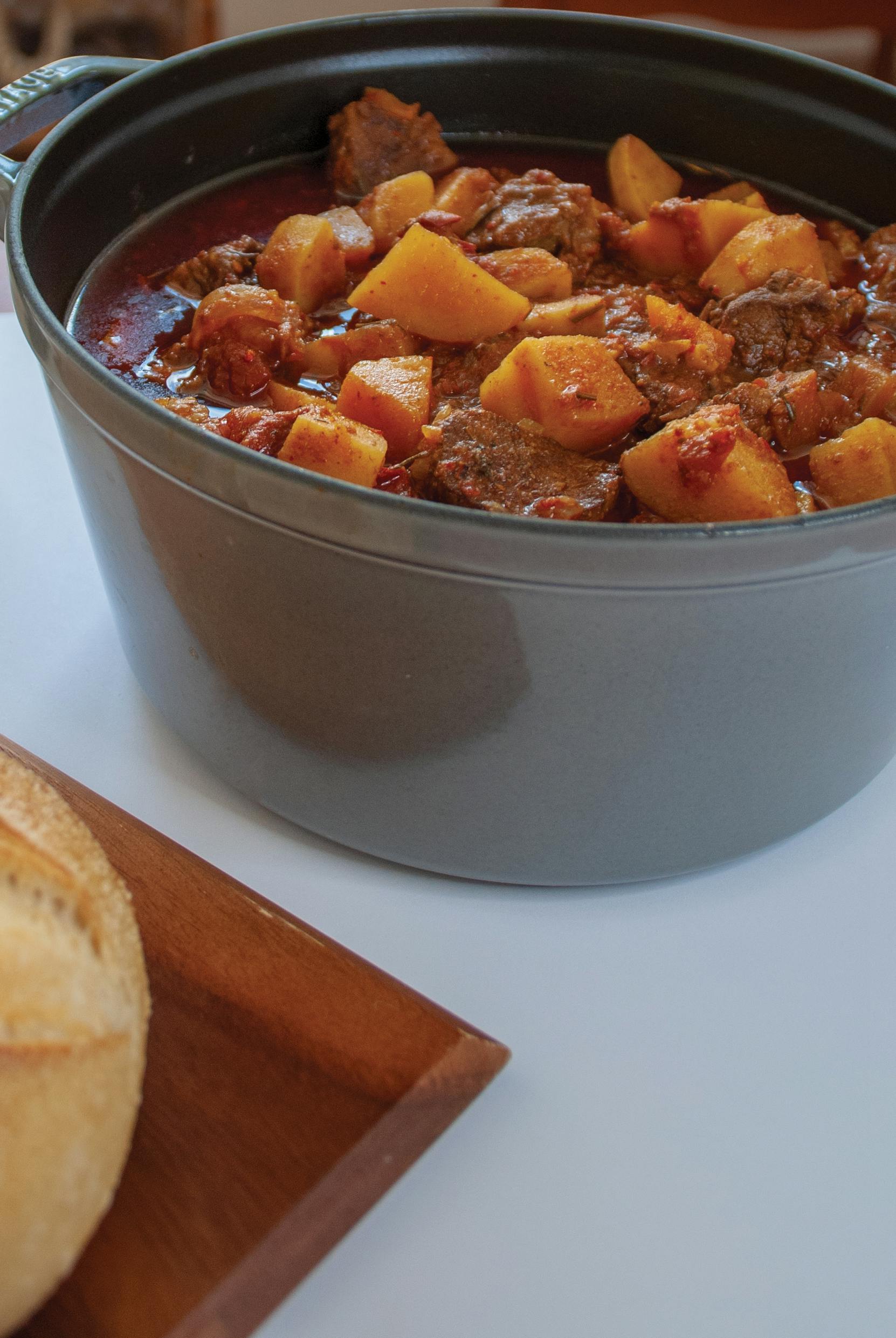From Esther’s Table? Persian Rice

The books of Esther, Ezra, Nehemiah, and Daniel give detailed accounts of life in ancient Persian communities. As with most other countries of the Diaspora, the lot of the Jewish people seemed to fluctuate from being well-accepted and valued to being mistrusted and persecuted.
This same scenario has held true during the post-biblical history of the Jewish community in Persia, or modern-day Iran. They have suffered intermittent oppression and persecution, and the establishment of Islam as the state religion in AD 642 made a deep impact on Jewish life. Today, the Iranian Jewish community is estimated at somewhere between 11,000 and 25,000. Although the constitution of Iran theoretically protects them, they live as dhimmi—second-class citizens required to pay large taxes to insure their own safety. They have freedom to practice Judaism, but the education of their children rests in the hands of the Islamic government.
After the Islamic revolution in 1979, tens of thousands of Jews left Iran for the United States, the United Kingdom, Israel, Italy, France, and Germany. Today, Israel is home to about 47,000 Iranian-born Jews. Of the nearly 250,000 who claim Persian ancestry, many have managed to preserve unique customs from that heritage including recipes that are centuries old.
Bible readers are often familiar with the concept of a Jewish community in Persia because of the book of Esther. Although we don’t have a copy of the menu, the banquet she put on for the king and his friend Haman may well have included dishes common to the Iranian Jewish community to this day. The following recipe from food historian Lori Moline is authentic yet simple…and delicious!
Persian Rice
1/4 cup chopped onion
1 tsp pureed garlic
2 cups long grain, basmati, or Egyptian rice
4 cups water or broth
4 heaping tsp ground cumin
4 tbsp butter
1 cup finely chopped onion
1/2 cup slivered almonds
1 cup (or more) dried small fruit (currants, barberries, craisins, golden raisins, etc)
2–3 tbsp sugar
Saute onion, garlic, and rice in olive oil. Add water or broth and cumin. Bring to boil, lower heat. Cover tightly and simmer for 15 minutes. Uncover and fluff but leave in pot. Set aside.
Meanwhile, in a heavy skillet melt butter. Add rest of the ingredients. Stir and saute until the onions caramelize, the fruits soften, and the almonds brown slightly. Mix onion/berry mixture into rice. (If the rice seems too dry, add 1/4 cup broth to pot.) Coverand heat on medium for approximately 5 minutes or until a light brown crust forms. (This crust is a delicacy calledtah-dig and eaten separately or served as a garnish.) Be very careful not to let it over-brown or scorch as this will spoil the flavor of the rice.
Serve mounded on a platter. Garnish with pomegranate seeds, toasted nuts, rose petals, sauteed onion strips, candied orange peel, berries, broken pieces of tah-dig, etc. Makes approximately 6 cups.
Related Resources

Discover Your Purpose and God’s Heart For You
In today's divided, turbulent world, it's essential for the Church to rediscover God's heart. Our free e-book, authored by a seasoned expert with three decades of experience in Israel, delves deep into the teachings of Jesus (Yeshua) to reveal God’s principles of love and purpose. Learn how embracing these truths can bring significance and impact to your life, even amidst chaos. Subscribe now to receive your free copy and embark on a journey of transformation.



